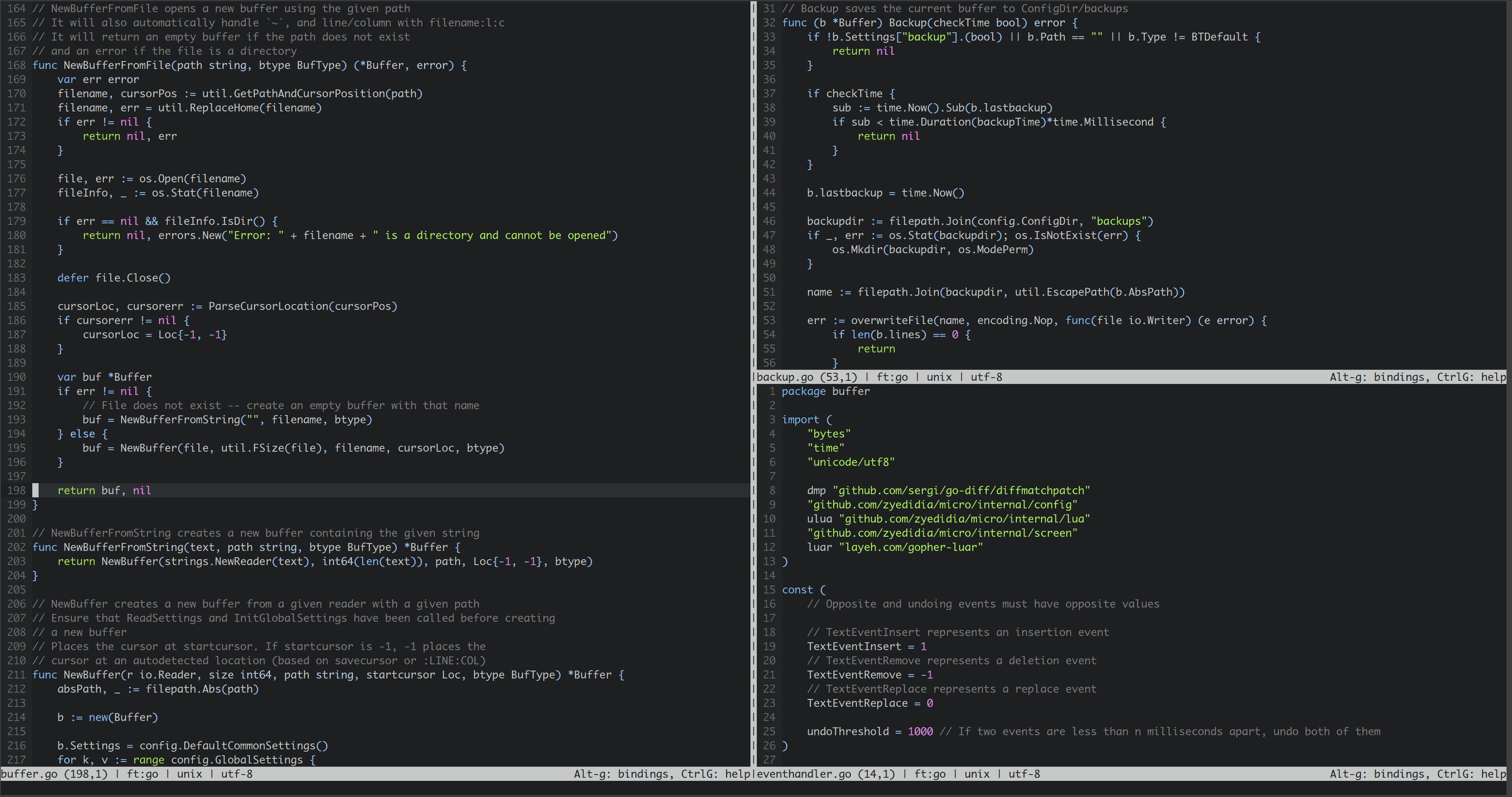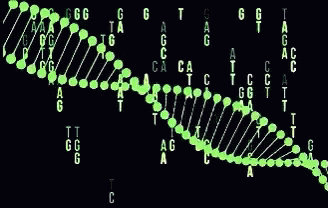Introduction
Unlike other cetaceans that rely on whistles and songs, sperm whales primarily use echolocation and patterned click sequences to convey information. This paper explores the structure, function, and implications of their vocal communication, particularly in relation to their social behaviors and cognitive abilities.
1. The Nature of Sperm Whale Vocalizations
Sperm whales produce three primary types of clicks:
- Echolocation clicks for navigation and hunting.
- Regular clicks used in deep diving.
- Codas, which are rhythmic sequences exchanged between individuals, believed to function in social bonding and identification.
Each whale possesses a monumental sound-producing organ, the spermaceti organ, which allows for the production of powerful sounds that can travel long distances. The structure of these clicks suggests a level of vocal learning and adaptation, as different populations exhibit distinct coda repertoires.
2. Cultural and Regional Variation in Codas
Research indicates that different sperm whale clans have unique dialects, much like human languages. These dialects are not genetically inherited but culturally transmitted, meaning whales learn their communication styles from social interactions rather than instinct alone. Studies conducted in the Caribbean and the Pacific have revealed that whales in different regions have distinct coda patterns, with some being universal and others specific to certain clans.
3. Social Organization and Communication
Sperm whales are matrilineal and live in stable social units composed of mothers, calves, and juveniles, while males often lead solitary lives. Communication plays a critical role in maintaining social bonds within these groups.
- Codas serve as an acoustic signature that helps individuals recognize each other.
- More complex codas may function in coordinating group movements or teaching young whales.
- Some researchers hypothesize that codas convey emotional states, much like tone of voice in human speech.
4. Theories on Whale Intelligence and Language-Like Communication
The complexity of sperm whale vocalization raises profound questions about their cognitive abilities.
- Some researchers argue that sperm whale communication exhibits combinatorial properties, meaning that codas might function in ways similar to human phonemes, allowing for an extensive range of meanings.
- Studies using AI and machine learning have attempted to decode potential syntax patterns, but a full understanding of their language remains elusive.
5. Conservation Implications and the Need for Further Research
Understanding sperm whale communication is essential for conservation efforts. Noise pollution from shipping, sonar, and industrial activities can interfere with whale vocalizations, potentially disrupting social structures and navigation. Future research must focus on long-term coda tracking, cross-species comparisons, and experimental approaches to deciphering their meaning.
Consider
Sperm whale vocal communication represents one of the most intriguing areas of marine mammal research. Their ability to transmit learned vocalizations across generations suggests a high degree of cultural complexity. Although we have yet to fully decode their language, the study of sperm whale codas offers critical insights into non-human intelligence, social structures, and the evolution of communication in the animal kingdom.


![The Time Machine, by H(erbert) G(eorge) Wells [Page 1] [1898]](https://media.tenor.com/tkWPOKKDVS4AAAAC/movie-scifi.gif)

